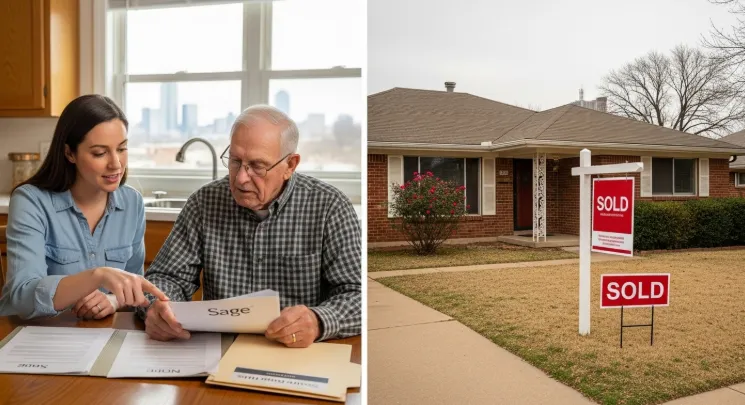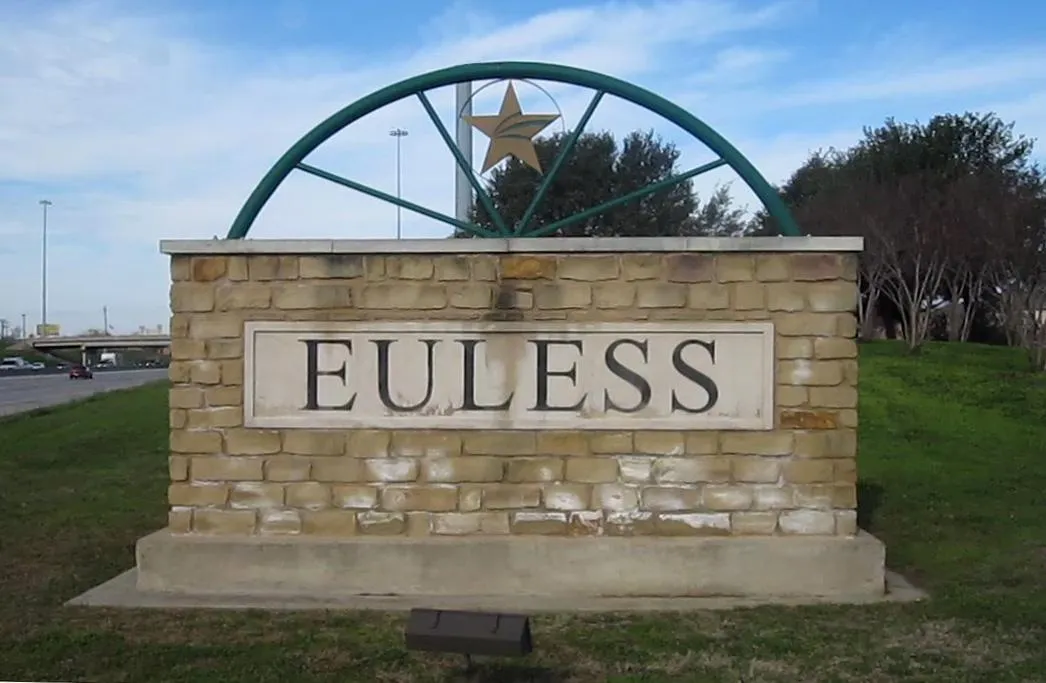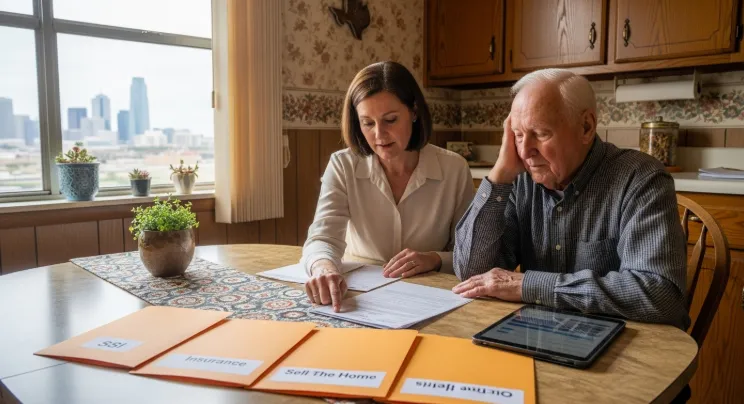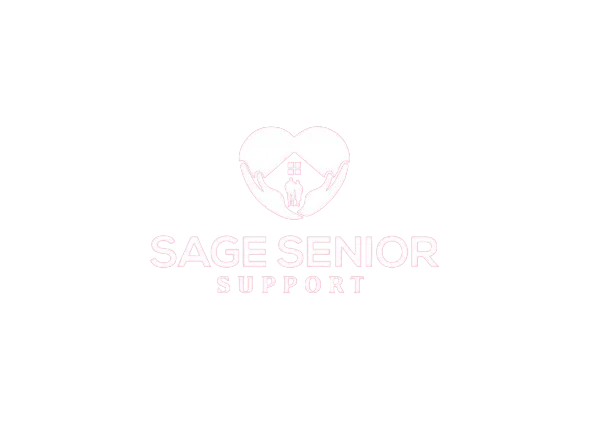Selling A Parent's Home For Care: Comparing Sage vs. NineBP and Southern Hills
Compare how Sage Senior Support, NineBP, and Southern Hills help families sell parents' homes for senior care. See which company truly puts seniors first.
Stories & Guidance
Real Stories, practical wisdom and emotional support for families navigating senior transitions
Our articles come from real experiences with families just like yours. Each piece is written to address the questions that keep you awake at night, the conversations you're struggling to have, and the decisions that feel impossible to make alone.

Compare how Sage Senior Support, NineBP, and Southern Hills help families sell parents' homes for senior care. See which company truly puts seniors first.

New Blog Post Description

Discover how caregivers can sell Mom or Dad's Euless home as-is without repairs, cleaning, or months on market. Local solution for senior transitions.

Assisted living in Dallas/Fort Worth can feel financially overwhelming. Discover 5 real ways families cover costs without sacrificing quality of care.

Bruce Willis's family made a difficult care decision that millions face. Our Care Planning Sessions help families navigate memory care choices with dignity and support, just as the Willis family did. Learn how to find clarity in challenging times.

Discover how Richland Hills caregivers are selling parents' homes without repairs or staging. Sage Senior Support's specialized approach helps adult children navigate Texas real estate while prioritizing parent care. No renovations required.

Copyright 2025. Sage Senior Support. All Rights Reserved.